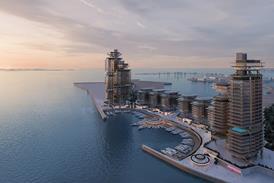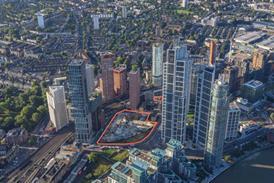- Home
- Intelligence for Architects
- Subscribe
- Jobs
- Events

2025 events calendar Explore now 
Keep up to date
Find out more
- Programmes
- CPD
- More from navigation items
James Corner Field Operations’ Camden Highline plans set for approval this week

Revised scheme to be presented to planning committee on Thursday
James Corner Field Operations revised proposals to bring a version of New York’s High Line park to Camden are set to be given the go ahead this week.
Camden council’s planning officer has recommended the first phase of the Camden Highline scheme for approval when it is presented before councillors for a decision on Thursday evening.
…
This content is available to registered users | Already registered?Login here
You are not currently logged in.
To continue reading this story, sign up for free guest access
Existing Subscriber? LOGIN
REGISTER for free access on selected stories and sign up for email alerts. You get:
- Up to the minute architecture news from around the UK
- Breaking, daily and weekly e-newsletters
Subscribe to Building Design and you will benefit from:

- Unlimited news
- Reviews of the latest buildings from all corners of the world
- Technical studies
- Full access to all our online archives
- PLUS you will receive a digital copy of WA100 worth over £45
Subscribe now for unlimited access.






